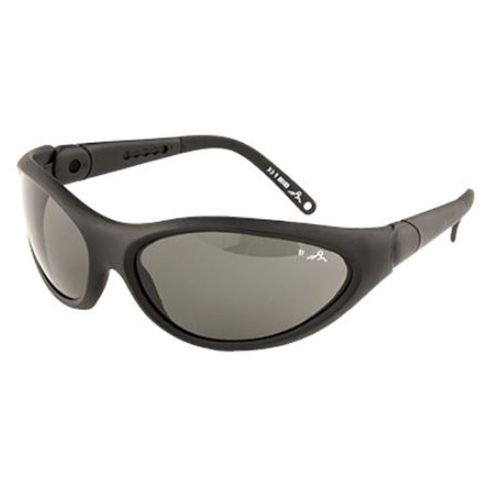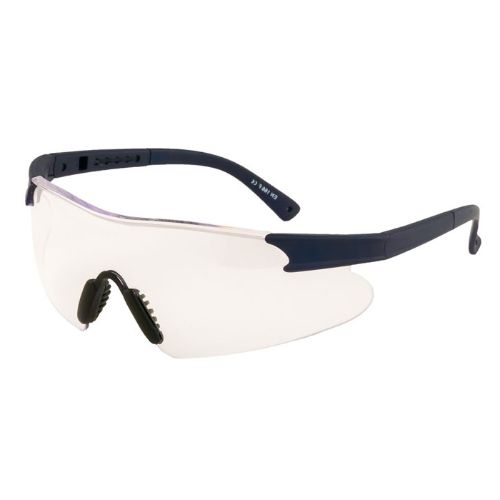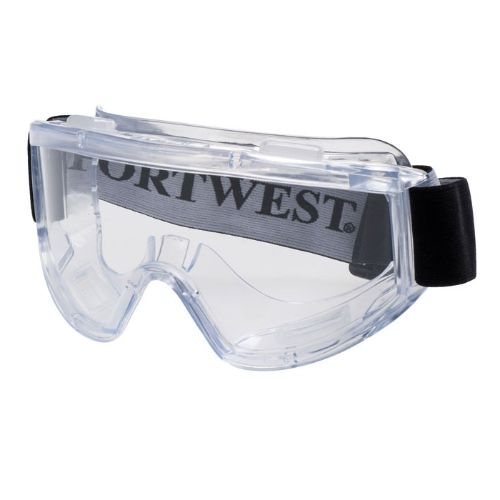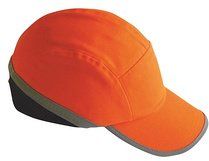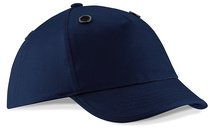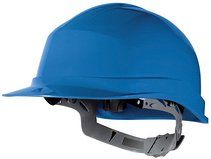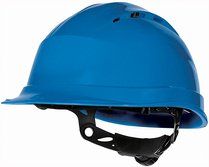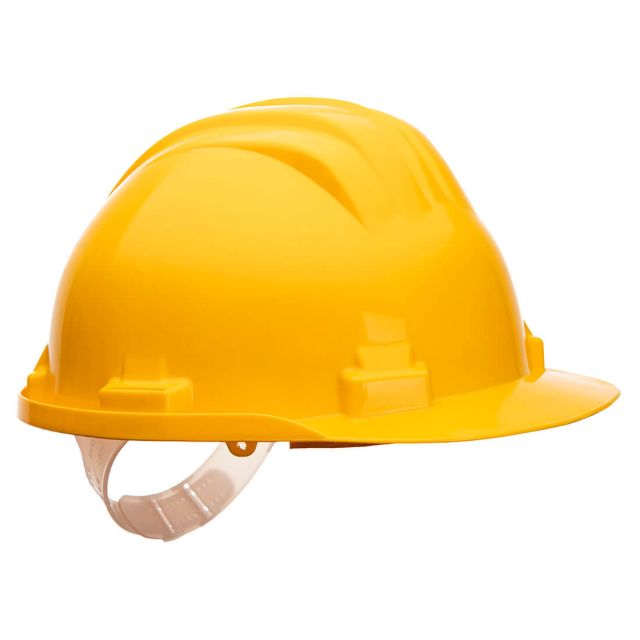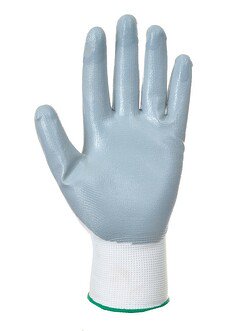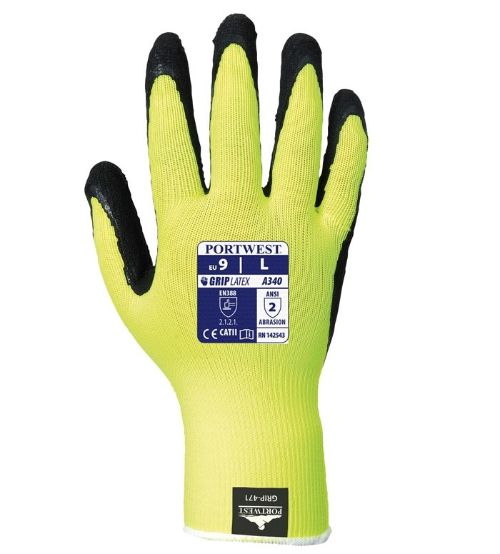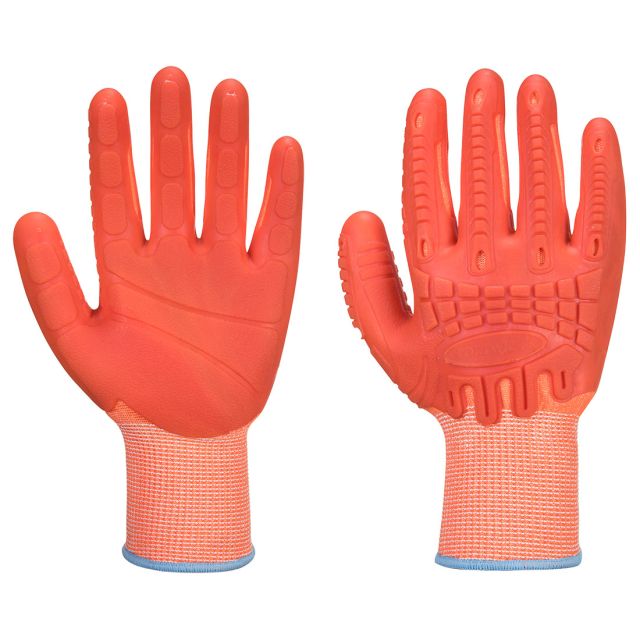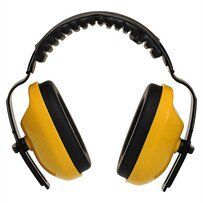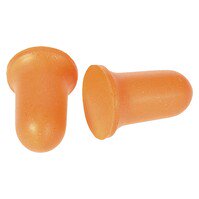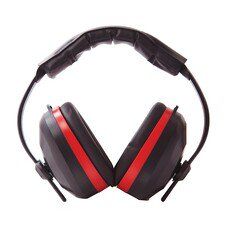What PPE Equipment Do You Really Need?
The answer is simple. You need personal protective equipment that will help keep your workers safe from harm in the workplace. Even after putting all the relevant safety measures in place, it is vital you ensure all of your staff wear the correct PPE on site all of the time there is risk.
Not only is it the law, but extra protection means extra safety and the reduced risk of injury, illness or death. Here is a list of the PPE areas you need to consider to help keep your workers safe.
- Page Contents
- Eye Protection
- Head Protection
- Hand Protection
- Ear Protection
- Respiratory Protection
- Foot and Ankle Protection
- Conclusion
Eye Protection
Eye protection describes any type of PPE equipment that protects your worker’s eyes from harm caused by foreign objects or light. It comes in the form of glasses/spectacles and goggles which are often inexpensive when purchased in bulk.
If your workers need eye protection, then it is a good idea to take the extra precaution and stock up.
We can store eye protection without reaching a use by date, and - as long as we do not scratch the product - they can last up to three years. This makes them a worthwhile and inexpensive investment. Plus, if they protect your workers from long-term eye damage and debris, then they are always a good choice.
You can learn more about storing and looking after your eye protection in our article here.
Head Protection
We often need head protection, such as hard hats and bump caps on sites where there are dangers of falling objects. However, make sure you are using appropriate safety headwear for your needs.
Bump caps do provide head protection, but they do not protect against heavy debris or moving objects. Carry out a safety assessment to determine what you need in your workplace - the answer is usually a hard hat.
Do not forget that colour codes for hard hats have been updated so make sure you are choosing the right colours too.
It is surprising just how inexpensive hard hats are. You would think with the level of protection they provide, they would be pricey, but that is not the case at all.
Hard hats are usually long lasting (unless damaged) and can last up to five years if we replace the suspension every 12 months. If the hard hat sustains damage, however, it needs to be replaced.
You can learn more about the difference between Hard Hats & Bump Caps here.
Hand Protection
Safety gloves protect the hands from many hazards at work. The safety gloves your workers need will depend on the hazards your workplace has.
Some gloves not only protect from harmful substances but also from the cold, which is often the most dangerous element for hand safety. If your workers handle sharp objects, such as unfinished metals, or work with knives and blades, then they will need an appropriately rated cut glove for protection. You can learn all about cut glove levels right here.
Work safety gloves are available in many different materials such as Nitrile and Latex. Also, some gloves are designed for grip. On the other hand (pun intended), others are designed for warmth, chemical, anti-vibration or cut resistance.
The hand protection you and your workers will need depends on the workplace hazards you have identified.
Ear Protection
Ear protection needs to be taken seriously and is one of the most important PPE considerations. It is important that you always provide your workers with the appropriate ear protection in the workplace. The sound may not be dangerous. However, it is still important to have the correct PPE equipment such as ear plugs as an option for your workers.
You can learn more about hearing protection in our article here.
Sound must be reduced to around 80 decibels in the workplace. Most ear protection removes at least 32 dB from the surrounding area and will take noise to safe levels.
Disposable ear plugs need to be replaced daily, but other ear protection can last months with proper care. Ear muffs and defenders - even on the high end - are inexpensive. Often, ear muffs and defenders are worn with disposable earplugs for even more hearing protection.
Decibels in the workplace:
- 70-90 dB for heavy machinery, electric motors, garbage disposal, city traffic, construction, factory, and highway work sites.
- 100-120 dB for a jackhammer, power saw, motorcycle, lawn mower, rock music, carpentry, and construction.
- 140+ dB for jet engines, gunshots (pain level), airport industry, and in police work.
The Noise Reduction Rating (or NRR) for earplugs is between 22 and 33 dB (decibels) whilst the NRR for ear muffs is between 20 and 30 dB. For the best ear protection, a combination of the two will protect your ears the most.
Respiratory Protection
This is a very in depth subject that is crucial for employee health, but during work and in their later lives.
You can learn more about the safety ratings for dust masks and respiration filters in our guide to respiratory protection and ensure all workers are suitably protected
Foot & Ankle Protection
This is another subject that requires some extra thought. It's simple to assume a toecap is all you need, but what about all the other hazards? Because of this, we've created an in depth guide to safety footwear here.
Conclusion
Make sure you encourage everyone at work to use PPE safely and effectively. Encourage all employees to report any problems with equipment or faulty safety measures so you can remedy them.
Workplace deaths are on the decline, and it is important to keep it that way. Everyone is responsible for making your workplace safe and making sure that everyone wears the right protection for your needs.







